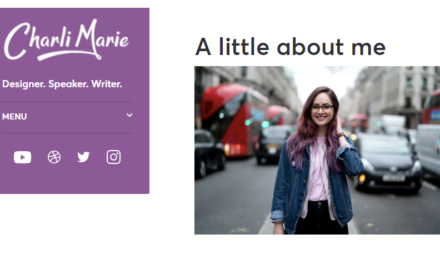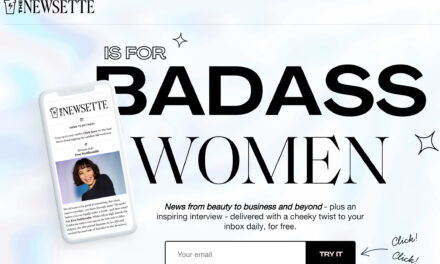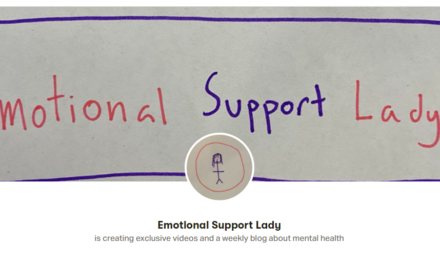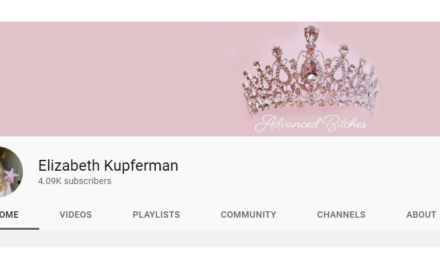Content creators usually write a lot, so we thought we would help with some writing strategies for content entrepreneurs.
The Tilt’s 2021 survey of content entrepreneurs found 71% write blogs and 63% craft newsletters to build their audiences.
And yet, 65% of writers say their content performance is “meh” and 5% say it’s bad, according to the 2021 State of Writing report by Typeset and Mantis Research. Among the struggles of those surveyed: writing consistently (32%), maintaining quality of writing over time (22%), and writing headlines (23%).
Poorly written, irregularly published, and lethargic content won’t attract an audience. But your writing doesn’t have to be disappointing. With these writing strategies for content entrepreneurs, you can write your path to success.
1. Forget what you learned
It’s a simple fact. Forget what you learned about writing in school. Repeat after me: NO MORE FIVE-PARAGRAPH ESSAYS! Create content in your style that works for your audience. Stay true to you, your audience, and your content.
Start simple. PIck your topic. Pick your goal for the audience. Brainstorm ideas about your topics and goal. Draft an outline to guide your writing.
Writing Tip from @MarcMaxhimer: No more five-paragraph essays! Create content that works for your audience. #writing #creatoreconomy #blogging #newsletters Click To Tweet2. Write every day
It happens to the best of us – writer’s block. To overcome this hurdle, write every day. Take five to 15 minutes. It doesn’t have to be formal. Just get your thoughts out of your head and onto (digital) paper. The objective here is to turn writing into a habit, not a goal.
3. Readability matters
Nothing loses an audience faster than written content too long or too complex. Write for your audience like you are speaking to them. This makes the readability easier and helps develop the relationship with your audience. Use a readability calculator before publishing.
4. Get a why
Every piece of writing needs a purpose. Ask, “Why am I writing?” If your answer is because “you need to” or “to be consistent,” you will have little chance at success. Ask yourself:
- Is this content serving a need or want of my audience?
- What would a reader take away after finishing this content?
- Is this deepening the relationship with my audience?
5. Juicy headlines and hoppin’ hooks
As with all writing, crafting juicy headlines and hoppin’ hooks to grab an audience is easier said than done. How can you ensure they’re good? Write an actionable headline, using keywords your audience uses. Provide essential information in your introduction. Spice up your headline and your introduction with adjectives that generate emotions or excitement.
Spice up your headlines and introductions with adjectives that generate emotions or excitement, says @MarcMaxhimer. #writing #contentbusiness Click To Tweet6. Please use that tone of voice
Developing your unique voice through writing tone reflects you and your brand. It allows your audience to connect with you on a personal level and develop a deeper relationship with them. Based on the three Cs – culture (what does your business stand for?), community (what language does your audience use to talk or write about the topic?), and conversation (what do you want to add to the conversation?).
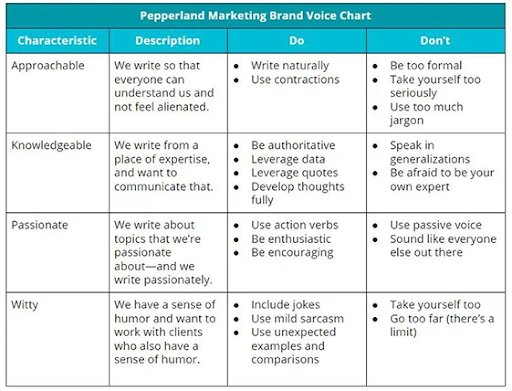
7. Be polite – always cite
You are not the expert in everything and that’s OK. You will have to look things up. Whenever you refer to or quote someone else’s material, you must hyperlink to the source (or note a non-digital source.) Citing your sources is the proper and polite internet etiquette. It also makes your writing more credible to your audience.
Be polite. Always cite your resources. It's the right thing to do and makes your content more credible, says @MarcMaxhimer. #contentbusiness #creatoreconomy Click To Tweet8. Lights, camera, ACTION
Every piece of writing should have a call to action (CTA) for your audience. Mark Quadros from AdEspresso suggests using strong action words, creating a sense of urgency and relevancy, and provoke emotion or enthusiasm.
9. No – it’s not perfect!
Let me be the first to tell you – your writing is not perfect. It’s OK. No one’s is. Editing and proofreading are essential parts of the content creation process and cannot and must not be ignored or forgotten. The Tilt Toolbox includes some tried-and-tested editing and grammar tools.
It’s your turn
Writing is hard, no doubt about it. But writing is necessary for a successful content entrepreneur. These tips enable you to form or strengthen your style for your audience. As long as you keep in mind the why – for you and your audience – you’ll be writing successful content.
This article excerpts 9 Writing Strategies Every Content Entrepreneur Should Know. To download the e-book that includes more how-to details, exercises, and examples, click here.
About the author
Marc Maxhimer is the director of growth and partnerships at The Tilt. He holds a bachelor’s degree in English and mathematics education and a master’s degree in educational administration. He previously taught middle school for 16 years. Marc lives in (and loves all things) Cleveland with his wife, two daughters, and dog.


![A Successful Content Creator Does These 4 Things in Their Content Business [Research]](https://www.thetilt.com/wp-content/uploads/2021/07/Successful-2-440x264.jpeg)
